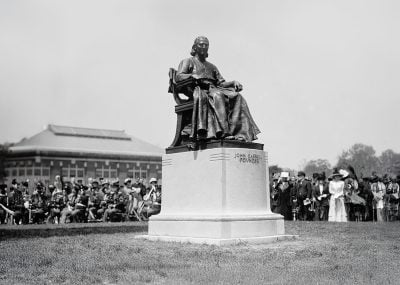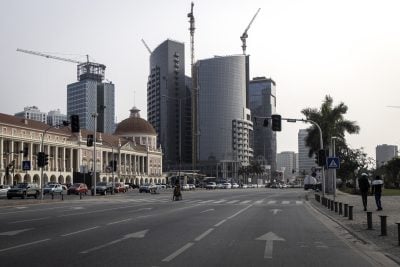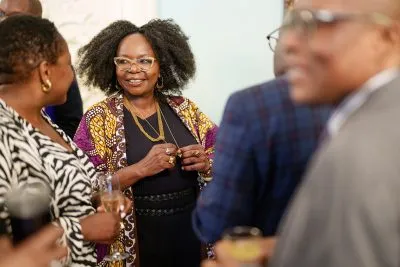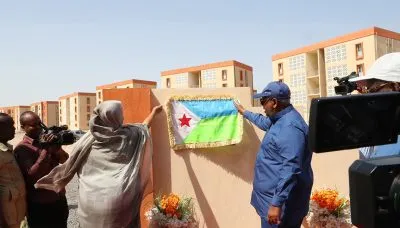For a space of 380 square feet, Gichuru pays Ksh150,000 ($1,700) a month. On the first floor of the same mall, Factory 55, which specialises in jean brands, shopkeepers pays a monthly rent of $4,600 for a space slightly larger than Vivo. The Mr Price outlet at the Junction has a shop space of 4,000 square feet at Junction, but it is unclear how much their monthly rent is.
The high rents in Kenya’s top malls have not inhibited demand, however, and a number of international brands sign leases before construction is even complete, as happened at the Thika Road Mall. Indications are the same will happen with Westgate, which in March announced plans to begin reconstruction. From there, the assumption that international brands are doing a rollicking trade at Kenyan malls isn’t far off.
The smaller stores at Junction – such as Levi’s, where the average cost of a pair of jeans is between $57-$70 – met a sales target of $46,200 in December 2013.
In the same month, the Mr Price clothing store at Junction – admittedly one of the more disposable international fashion brands in the market – which targets a mid, rather than a high-end consumer – proved its heavyweight status by meeting a sales target of $808,000 for that one store. With five stores in Kenya, it is anyone’s guess how much Mr Price makes in a year but it is enough to rank it as the highest earner among Deacons Kenya’s franchises at 41.4%, according to the Citigroup Global Markets report 2011.
Woolworths, which was the second-highest earner in the Deacons Kenya group at 31.4% before it ended its franchise agreement in December 2012 and opted for a joint venture, also performed well in 2013 and continued to rake in high sales and revenues.
Last year, the Woolworths merchandise brand tweaked its strategy in Kenya and cut prices by up to 30% in an attempt to strengthen market share and position itself as a brand for the middle class.
“We seek to change the perception of buyers on Woolworths, which is viewed as shops for the upmarket, especially in Kenya, our newest market,” said Ian Moir, Woolworths Africa Group chief executive.
The tactic worked in their favour and in February 2014, the group declared a 22% increase in first-half (June-December 2013) profits with sales increasing 16% to $ 1.8bn.
Want to continue reading? Subscribe today.
You've read all your free articles for this month! Subscribe now to enjoy full access to our content.
Digital Monthly
£8.00 / month
Receive full unlimited access to our articles, opinions, podcasts and more.
Digital Yearly
£70.00 / year
Our best value offer - save £26 and gain access to all of our digital content for an entire year!

 Sign in with Google
Sign in with Google 




